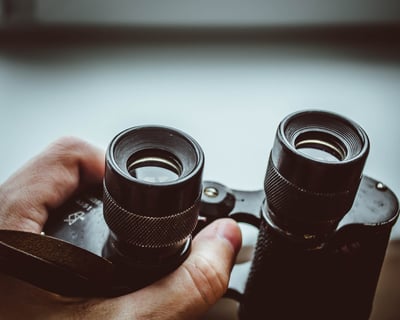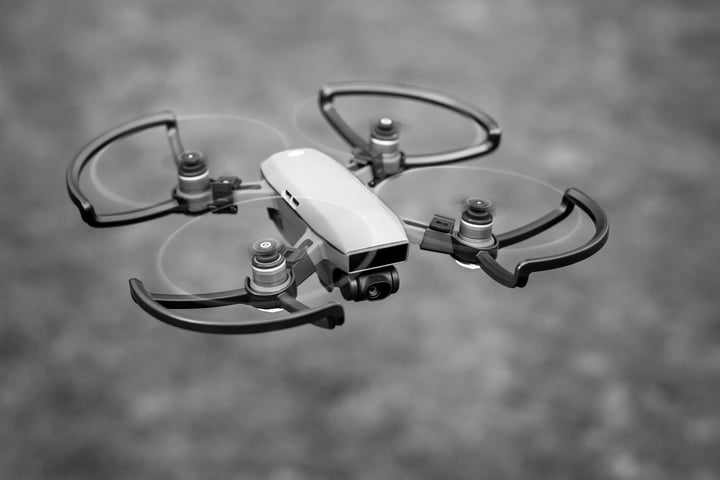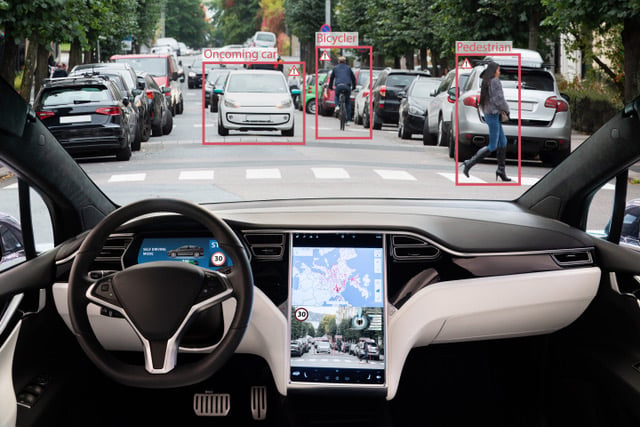 The modern day spy
The modern day spy
James Bond films epitomise the spy in dangerous situations, observing and unearthing planned criminal activities. However, in real live, being as overt and recognisable would be tantamount to death for any agent. Discretion and collating evidence are the real-life survival methods of any modern-day covert operations. If the evidence were of inferior quality, much would be deemed inadmissible. These days only films allow operations based on a “hunch”.
The traditional ideas of spying on people are often influenced by our spy films, mixed with current day gadgets, which we could all buy online: cameras in pens, clip cameras, motion detectors, accessing GPS in vehicles, spyware hacking laptop cameras and microphones. These hardware gadgets are often needed to be very small and therefore only have the capacity to record locally or via wifi. They can’t for example, send encrypted broadcasts to a remote, secure location.
It doesn’t mean that modern covert surveillance lacks technology, on the contrary, big data and the associated technologies open up new technological possibilities.
Technologies for tackling drug crime: efficiencies and increased sentences
With live stream broadcasting, there is an instantaneous flow of information going to headquarters, which can be analysed real-time. Covert operations can now set a live full HD video stream, that is fully encrypted and records all movements in a street. Once these movements have been analysed, and patterns have emerged, the law enforcement officers are able to act earlier and more efficiently.
This takes place when focussing in on a tip-off of a drug dealer operating in a certain area. If there is a hunch that there is a drug dealers house, by monitoring the frequency and timings of visitors to all houses in that street, they are able to hone in hotspots which invariably point to the people selling illegal drugs. This massively increases the efficiency of the police, as they do not need to knock on all houses in the street, are not distracted by houses with a one-off spliff, but focus on the serious dealers. They know which houses to search judiciously and which to ignore.
If they are tracking the steps taken by a suspected drug dealer selling on the streets, they can not only work out more than if he is a drug dealer, they can also find where he stores his stashes of drugs. By tracking and analysing movements, they are able to remove random movements and track the main hot spots where the suspect frequently stops. These locations mark the hiding places for his drugs. Normally if he had been arrested without live surveillance tracking, he would only be liable for the drugs found on his person. With the video tracking, police are able to include the stashes found where he regularly stops. By holding judicial review proceedings in court in real time, the law enforcement authorities can uphold more successful arrests and increased sentences.
From mass surveillance to targeted surveillance
How does the modern day agent actually collate evidence? In an analysis of 10 recent terror attacks Ryan Gallagher of The Intercept concludes that "if any lesson can be learned from studying the perpetrators of recent attacks, it is that there needs to be a greater investment in conducting targeted surveillance of known terror suspects and a move away from the constant knee-jerk expansion of dragnet surveillance, which has simply not proven itself to be effective, regardless of the debate about whether it is legal or ethical in the first place".
From CCTV to targeted surveillance
In terms of surveillance there are often CCTV cameras in many public spaces, but this couldn’t be solely relied on for targeted surveillance. Here, we need to have agents monitoring suspects combined with given fixed resources. Agents can also use mobile filming and static observation in various locations where crimes are committed or planned.
The material from traditional fixed cameras and microphones need to be augmented by working with mobile broadcasting devices. By streaming the evidence live to the control centre, the suspect’s movements and illegal actions can be watched and analysed. This enables the apprehension of people caught-in-the-act, wherever they are.
In China in 2017 there were around 170 million CCTV cameras and an estimated 400 million new ones will be installed in the next three years.[3]. China has what it calls "the world's biggest camera surveillance network". [4]
Mobile surveillance using HD cameras with Soliton encoders would increase effectiveness for live broadcasting from mobile cameras, police drones and robots.
Admissible and mobile quality surveillance footage
Covert operations are designed to gather evidence for future arrest and prosecution. They are used to infiltrate organised crimes or monitor criminal suspects either to detect or deter crime.
In order to create admissible evidence though video and sound, the evidence needs to be high quality. With high quality filming, the command centre staff can judge the situation and collate the required evidence. With live broadcasting, it’s possible to see real-time if sufficient evidence has been obtained.
Modern mobility in video evidence collection
Combining broadcasting drones and body cams with surveillance cameras enhances surveillance effectiveness. This integration gives access outside of the limitations of the fixed camera, whilst enabling high-quality, filtered sound recordings. The broadcasting unit can be attached to drones, motorbikes, police dogs, and fixed in helicopters and vehicle dashboards.
In the past, perpetrators could hide out of sight of the fixed cameras. Due to increased mobility of live broadcasting, the chance of catching a crime on camera and in pursuit increases by the day. With increased quality recording and proximity, the sound quality of mobile cameras is vastly superior to fixed cameras. The combination of improved quality footage and sound quality, provides juries and police forces with more admissible evidence needed to charge and to sentence the crimes accurately.
Combining facial recognition with live streaming
European police forces aren’t capturing the full potential of facial recognition software. The missing requirement is HD. Imagine coupling facial recognition into your IT eco system, by using mobile HD broadcast, quality filming. Using HD cameras with Soliton’s encoding devices will enable broadcast quality videos. Read more about the future of Mobile Surveillance.




